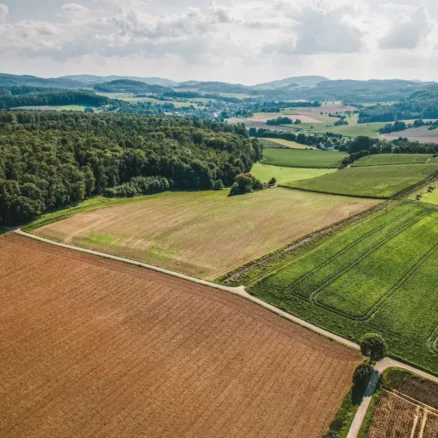Discover the new methodology co-created with Cool Farm Alliance providing a framework for carbon sequestration in perennial cropping systems.
A new methodology co-created with Cool Farm Alliance provides a framework for carbon sequestration in perennial cropping systems — equipping land-based industries with a credible approach to removals accounting. To avoid worst-case-scenario impacts of climate change, large-scale and long-standing removal of atmospheric CO2 is essential to neutralize residual greenhouse gas (GHG) emissions that cannot be feasibly reduced. But most current methods and tools for product and corporate GHG accounting exclude the influence of land-based GHG emissions and CO2 removals. This work aims to address this methodological gap, enable accurate progress tracking and improve science-based target setting in forest, land and agriculture.
This common public methodology tackles the concern around ensuring permanency of removals, which is especially challenging for agriculture given the frequent changes to land ownership and use. The approach calls for the need for an actual change in practice. In other words, the climate benefit of a removal can only be accounted for when there is a change in land management and if the carbon remains stored.



